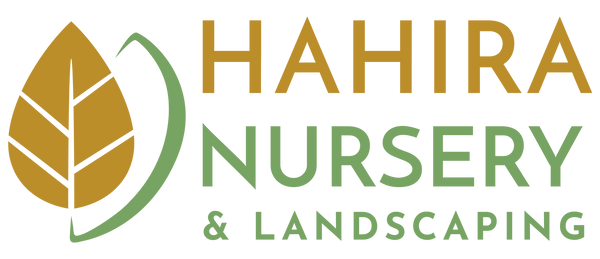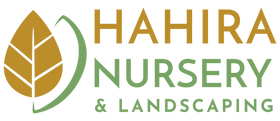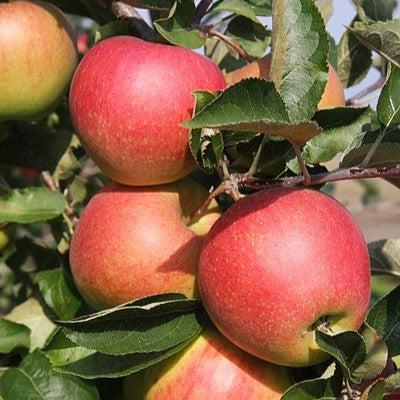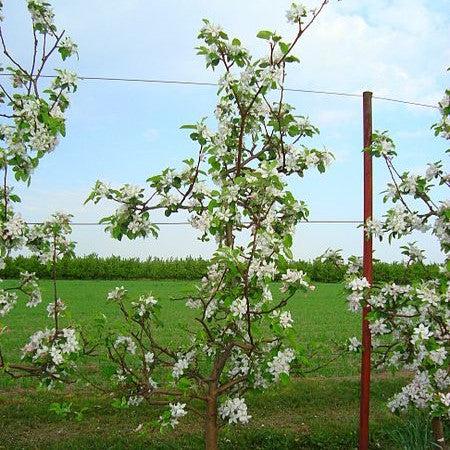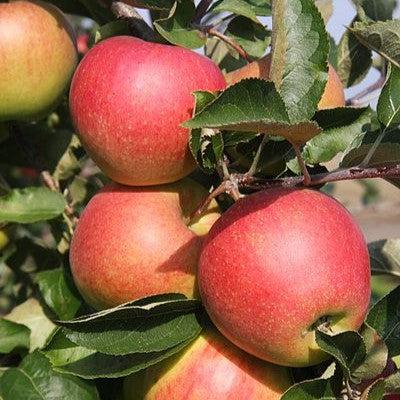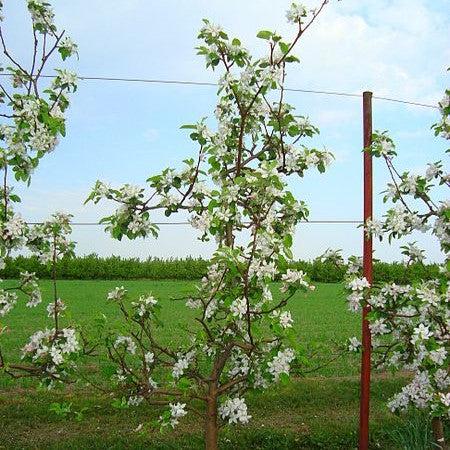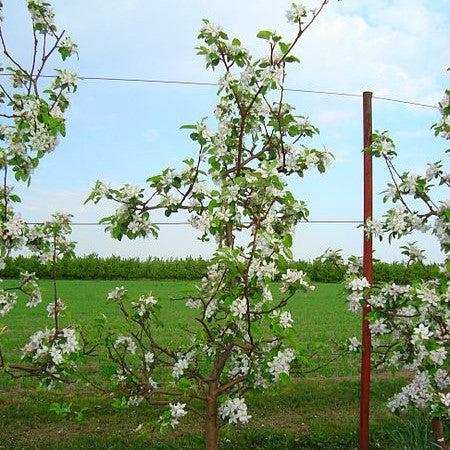Jonagold Apple
Malus domestica 'Jonagold'
- In stock, ready to ship
- Backordered, shipping soon
- Locally Grown
Jonagold Apple is a fruit producing deciduous tree that produces mid season fruits that ripens in late summer. The ruby red apples with a yellow green blush have crisp juicy flesh that is honey sweet with a tart twist. Fruits best with full sun and moist well-drained soils. Jonagold needs 2 other pollinators to set fruit, and the fruit can be stored for 5 months.
|
Type: |
|
|
Origins: |
Central Asia and Afghanistan |
|
Height: |
12' - 15' |
|
Spread: |
12’ - 15' |
|
Spacing: |
15' |
|
USDA Hardiness Zone: |
5 - 9 |
|
Culture: |
|
|
Bloom Color: |
White |
|
Season of Interest: |
MAINTENANCE NEEDS: High Maintenance. Water Regularly. Potential issues include apple scab, cedar apple rust, fire blight, leaf spot and and powdery mildew. Possible pests are aphids, maggots, boreres, and spider mites. Most commercially available Apples are grafted onto their rootstock, resulting in dwarf (8-10ft), Semi-dwarf (12-15ft) or standard tree heights all with full sized fruits. Ask the provider the rootstock classification for estimated size. Dwarf stock is easier to maintain and produces fruit at an earlier age.
LANDSCAPE USES: Accents or Group Plantings, Borders, Wildlife Gardens, Shade Tree, Edible Garden, and Container.
COMPANION PLANTS: Apple, Shasta Daisy, Bugleweed
IMAGES: Glysiak, Jonagored tree, CC BY-SA 3.0, (2) Glysiak, Jonagold1, CC BY-SA 3.0
*As plants have ranges in appearance they may not appear as the images shown.
Hahira Nursery takes pride in growing high-quality, fresh, healthy plants and ensuring they are delivered safely, on time, and with little to no damage so they are ready to be planted.
Despite all of our best efforts, once the plants have left our nursery, there are many variables outside of our control that can cause plants, flowers, trees, shrubs, or grasses to not thrive as they should. Plants are living organisms and are susceptible to a number of different environmental and care factors that are outside of our control.
Our goal is to build strong relationships with our customers and we always want to make things right, but we cannot always guarantee what happens once the plants are outside of our nursery, how you care for the plants, if they’re in the correct growing zones, weather damage, soil conditions, insect infestations, etc..
If you have any questions or concerns about a purchase you’ve made, please email us at info@hahiranursery.com and we will work with you on a case-by-case basis to the best of our ability.
Please note that all living organisms are not identical and their coloring, size, and shapes may differ from what you see online in our store. Each plant has its own characteristics that are impacted by the time of year, growth cycle, weather, and other elements which will cause them to look different than their photos.
